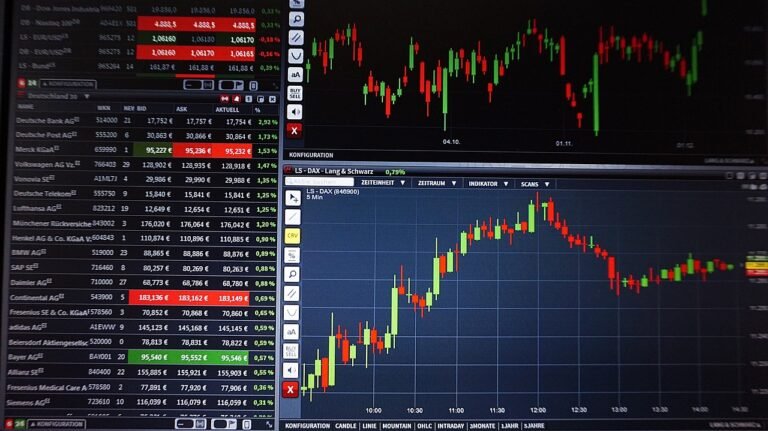
In trading, success is not just about winning trades but about managing risk effectively. One of the most essential tools for this is the risk-to-reward ratio. Understanding and applying this concept can help traders maximize their potential profits while minimizing losses, making it a cornerstone of disciplined trading.
What Is the Risk-to-Reward Ratio?
The risk-to-reward ratio is a metric that compares the amount of potential loss (risk) to the potential gain (reward) in a trade. It is often expressed as a ratio, such as 1:2, which means a trader risks $1 to potentially earn $2. This concept helps traders evaluate whether a trade is worth taking based on its profitability relative to its risk.
Why Is the Risk-to-Reward Ratio Important?
1. Helps in Trade Selection
By calculating the risk-to-reward ratio, traders can filter out trades that do not offer favorable rewards relative to the risks involved.
2. Enhances Risk Management
It ensures that even if a trader has a lower win rate, they can still be profitable by maintaining a good ratio.
3. Encourages Discipline
Following a set risk-to-reward ratio prevents emotional decision-making and promotes a systematic trading approach.
How to Calculate the Risk-to-Reward Ratio
To determine the risk-to-reward ratio, follow these steps:
- Identify Your Entry Point: Determine the price at which you plan to enter the trade.
- Set Your Stop-Loss: Decide the maximum amount you are willing to lose, and place a stop-loss at that level.
- Define Your Target: Set a profit target based on your analysis.
- Calculate the Ratio: Divide the potential profit by the potential loss to get the ratio. For example, if you risk $50 to make $150, your ratio is 1:3.
Examples of Risk-to-Reward Ratios
Here are common scenarios:
- 1:1 Ratio: Risking $100 to make $100. Suitable for short-term trades but requires a higher win rate.
- 1:2 Ratio: Risking $100 to make $200. Provides a balance between risk and reward.
- 1:3 Ratio: Risking $100 to make $300. Ideal for traders looking to maximize rewards while minimizing risks.
Tips for Using Risk-to-Reward Ratio Effectively
To optimize the use of this ratio, consider the following:
- Stick to Your Plan: Avoid moving your stop-loss or target once the trade is active.
- Analyze Market Conditions: Ensure that your profit target is realistic based on the current market environment.
- Combine with Win Rate: A good risk-to-reward ratio works best when paired with a consistent win rate. For instance, a 1:3 ratio requires a win rate of at least 25% to break even.
Common Mistakes to Avoid
While the concept is straightforward, traders often make these mistakes:
- Setting unrealistic profit targets.
- Ignoring market conditions that may affect the trade.
- Risking too much capital relative to account size.
Conclusion
The risk-to-reward ratio is a vital component of successful trading. By consistently evaluating the ratio before entering trades, traders can ensure better risk management and long-term profitability. To learn more about effective trading strategies, visit our website or explore detailed guides on our blog.